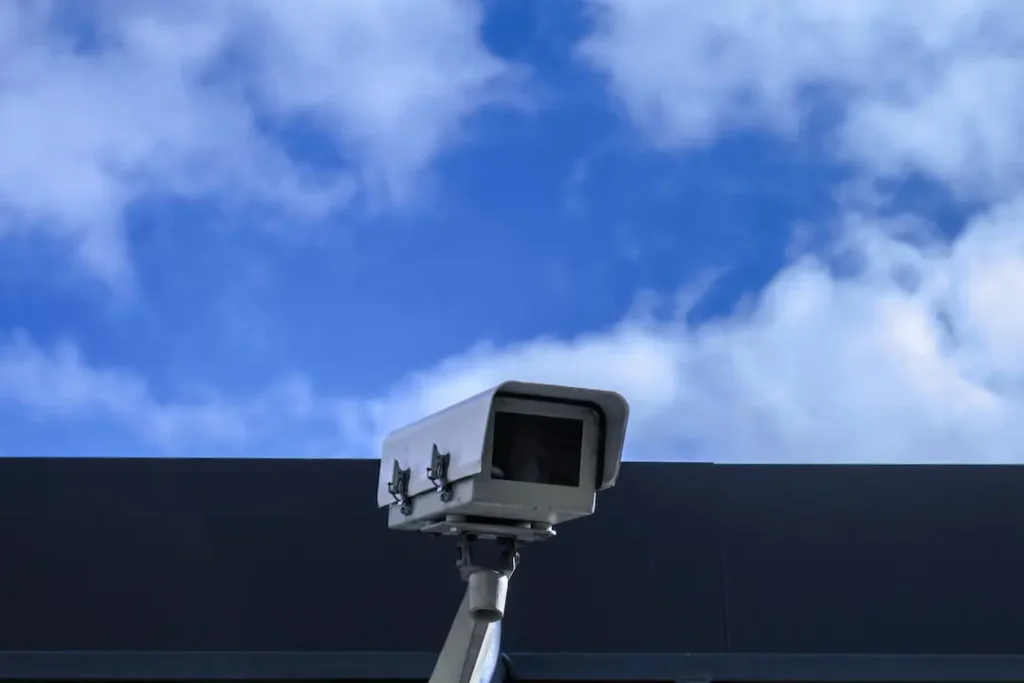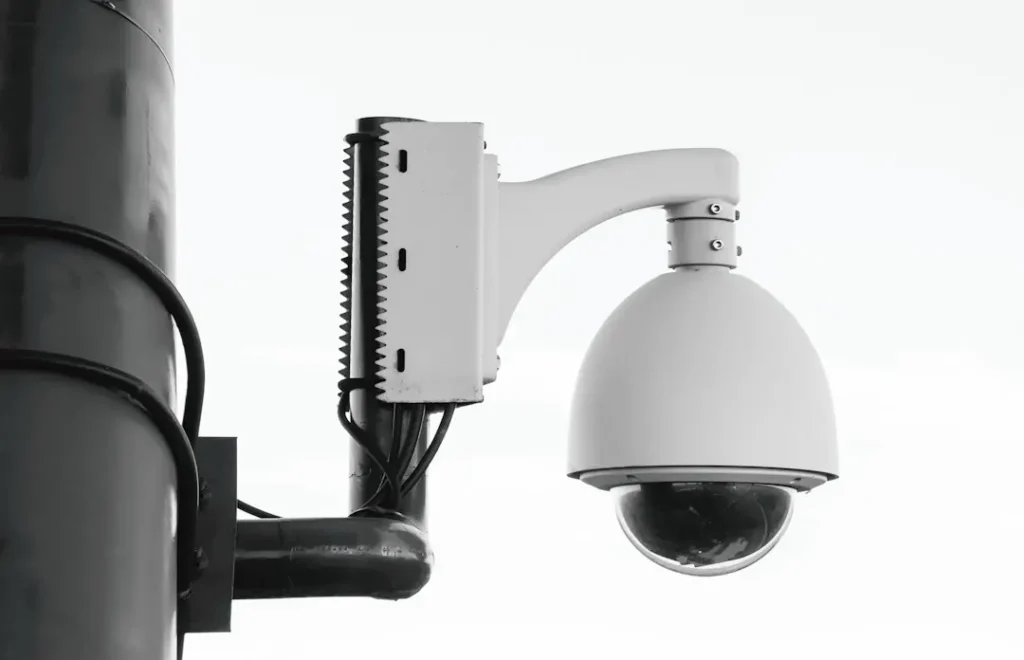Ensuring the security of your company’s premises is crucial in today’s world. An effective way to achieve this is by optimizing your outdoor security camera setup. High-quality cameras not only deter potential intruders but also provide valuable evidence in case of an incident. This article offers practical tips for companies looking to enhance their enterprise security camera systems.
Choosing the Right Camera Type
When selecting cameras for your outdoor setup, consider investing in a professional outdoor security camera. These cameras are designed to withstand harsh weather conditions and provide high-quality footage both during the day and at night.
They often come with features like high-definition recording and motion detection, making them ideal for monitoring large areas like company premises. The first step is to assess the specific needs of your enterprise—consider factors like the size of the area to be monitored and the typical environmental conditions.
It’s also important to choose cameras that offer the right balance between quality and cost. Professional outdoor security cameras may come with a higher price tag, but they often save money in the long run due to their durability and superior performance. Work with a trusted security consultant to find the best options within your budget that meet your specific needs.
Understanding Camera Features

Pan, Tilt, and Zoom (PTZ) cameras, as the name suggests, have three key functionalities. Understanding the PTZ camera meaning is essential in the context of enterprise security. They provide a wide range of movement, allowing you to monitor large areas with a single camera.
The zoom feature is particularly useful for identifying details like faces or license plates. These cameras are ideal for areas where you need versatile coverage, such as parking lots or open campus spaces.
In addition to PTZ capabilities, other features to consider include night vision, wide dynamic range, and weather resistance. Night vision is critical for clear footage in low-light conditions, while a wide dynamic range helps the camera adjust to varying lighting conditions. Weather resistance ensures your cameras function optimally in different environmental conditions, which is crucial for outdoor setups.
Strategic Placement and Installation
The effectiveness of your security cameras largely depends on their placement. Cameras should be installed at strategic locations to cover all entry points and vital areas of your premises.
However, they should be placed high enough to prevent tampering while still capturing clear footage. It’s also important to consider the field of view—ensure there are no blind spots where intruders could go undetected.
The installation process should be carried out by professionals to ensure the cameras are securely mounted and properly connected to your network. This will also help in identifying any potential issues with camera angles or coverage areas, which can then be rectified immediately.
Integrating With Other Security Systems

To maximize the effectiveness of your outdoor security cameras, integrate them with your other security systems. This includes alarm systems, access control, and lighting.
Integration allows for a more comprehensive security solution, where the different components work together seamlessly. For instance, if an alarm is triggered, the cameras can immediately focus on the area of concern, providing real-time footage to security personnel.
Moreover, consider using software that provides centralized control of all security systems. This enables efficient monitoring and quick response to any security or cyber breaches in business. Advanced software solutions also offer features like facial recognition and automatic alerts, further enhancing your security setup.
Regular Maintenance and Updates
Regular maintenance is crucial to ensure your security cameras are always operational. This includes cleaning the lenses, checking for physical damage, and ensuring the software is up to date. Outdated software can lead to vulnerabilities in your security system, so it’s necessary to install updates as soon as they become available.
Additionally, conduct regular audits of your security camera system. This helps identify any potential gaps in coverage or issues with camera functionality. Upgrading your system based on these audits ensures your security setup remains effective and up to date with the latest technology.
Maintaining Optimal Security
Altogether, optimizing your outdoor security camera setup is a continuous process that involves choosing the right equipment, strategic placement, system integration, and regular maintenance.
By following these tips, companies can ensure their premises are well-protected, deterring potential threats and providing peace of mind. Remember, an effective security camera system is not just about installing cameras; it’s about creating a comprehensive security strategy that adapts to the evolving needs of your enterprise.






